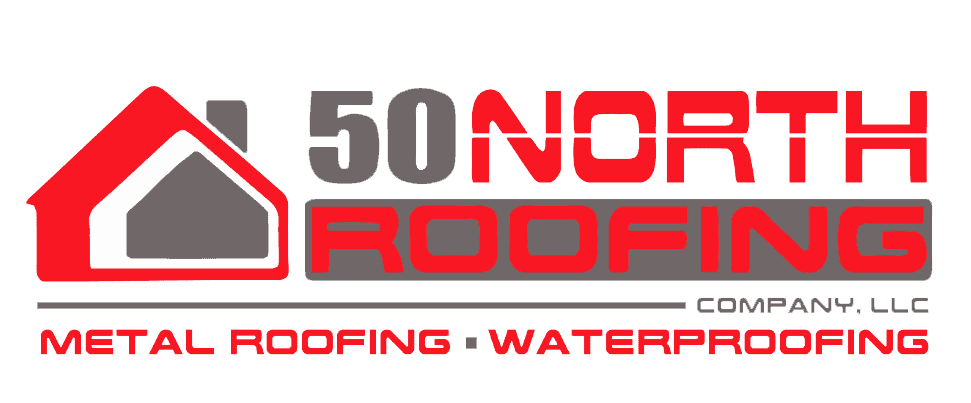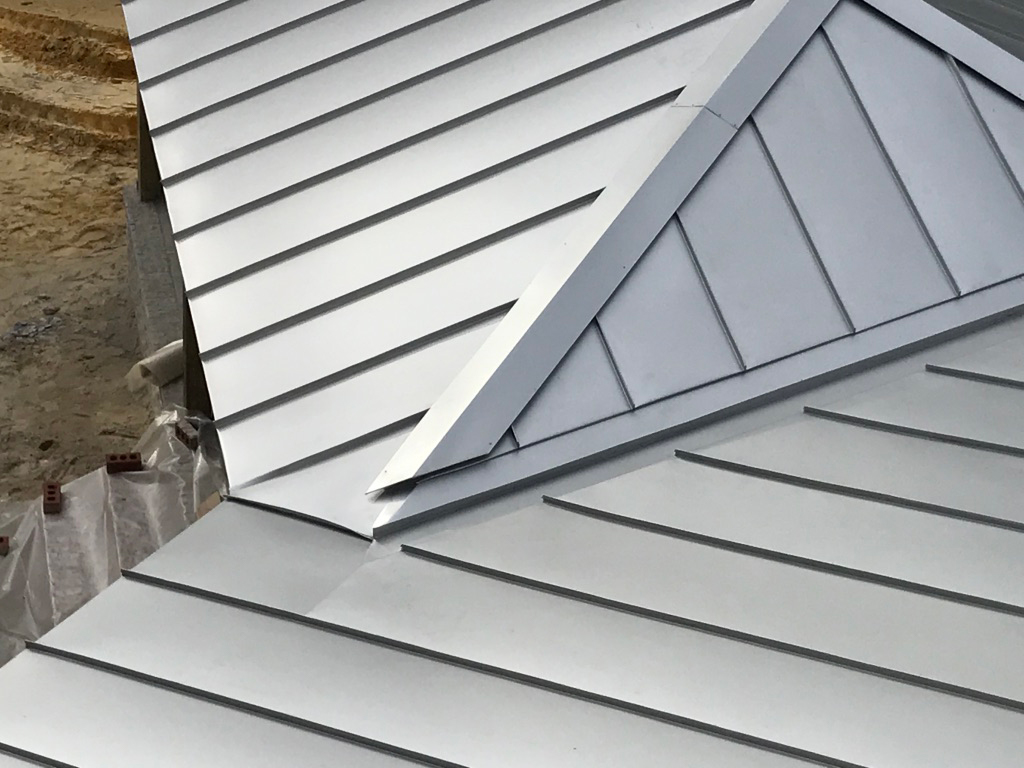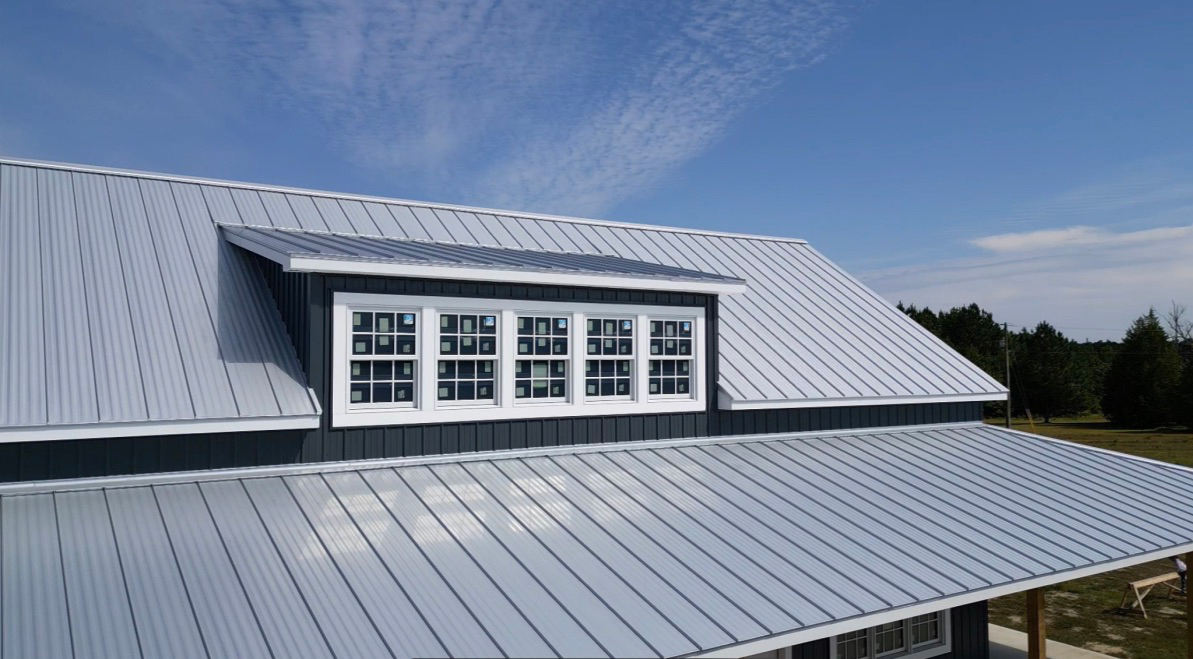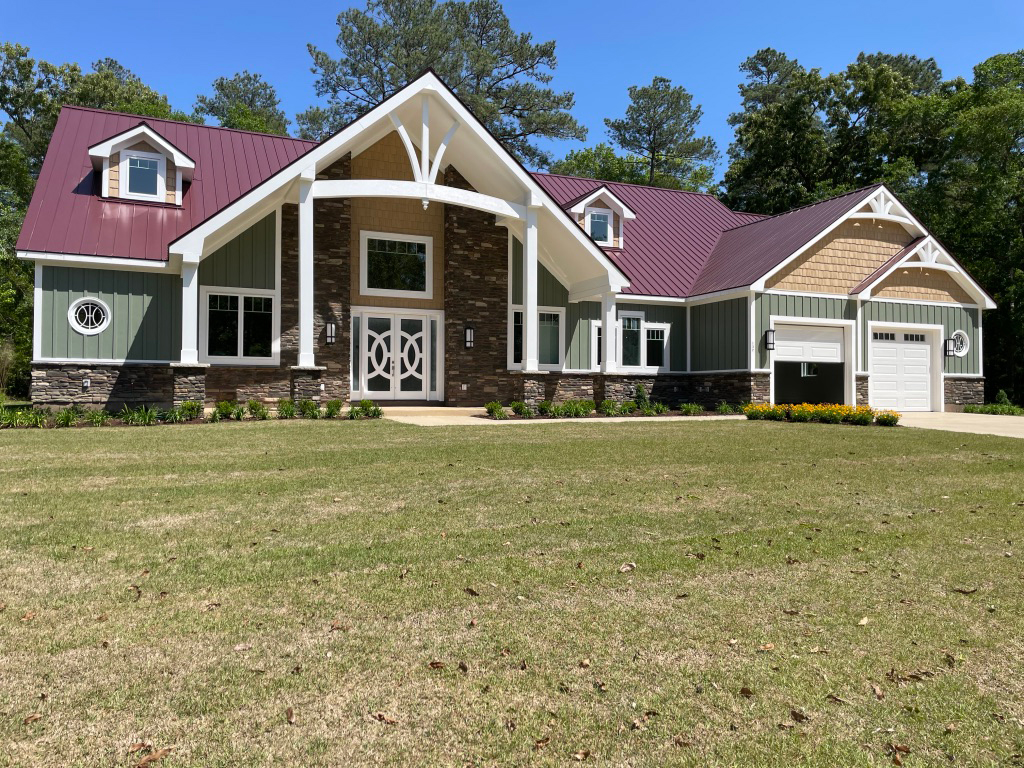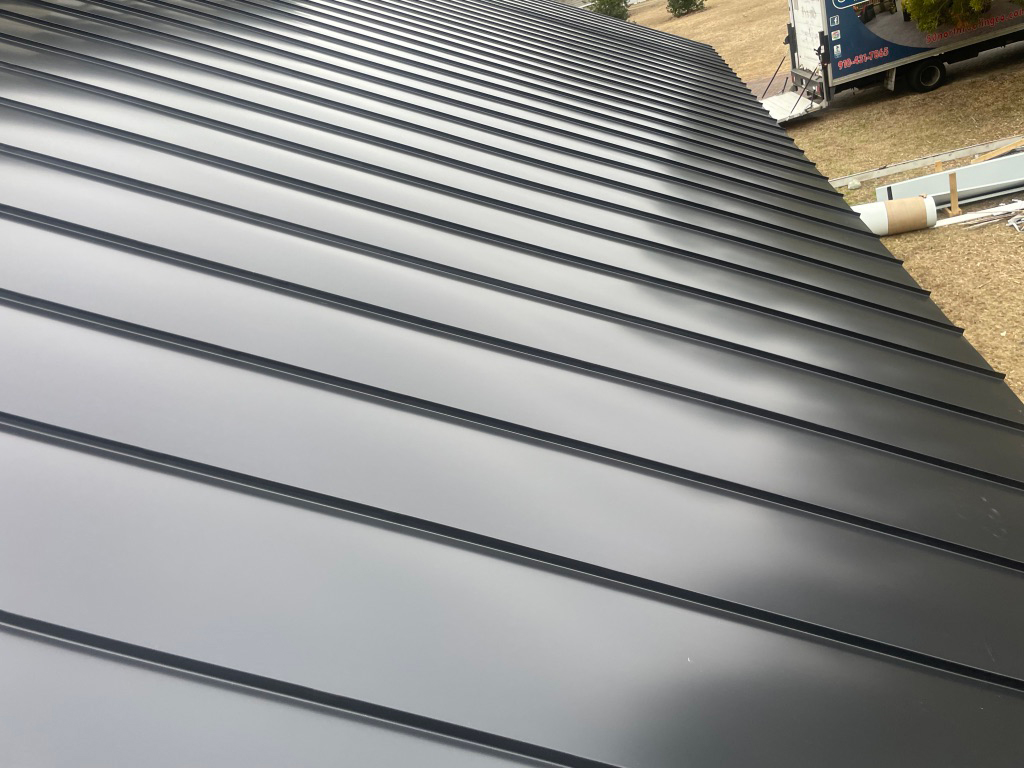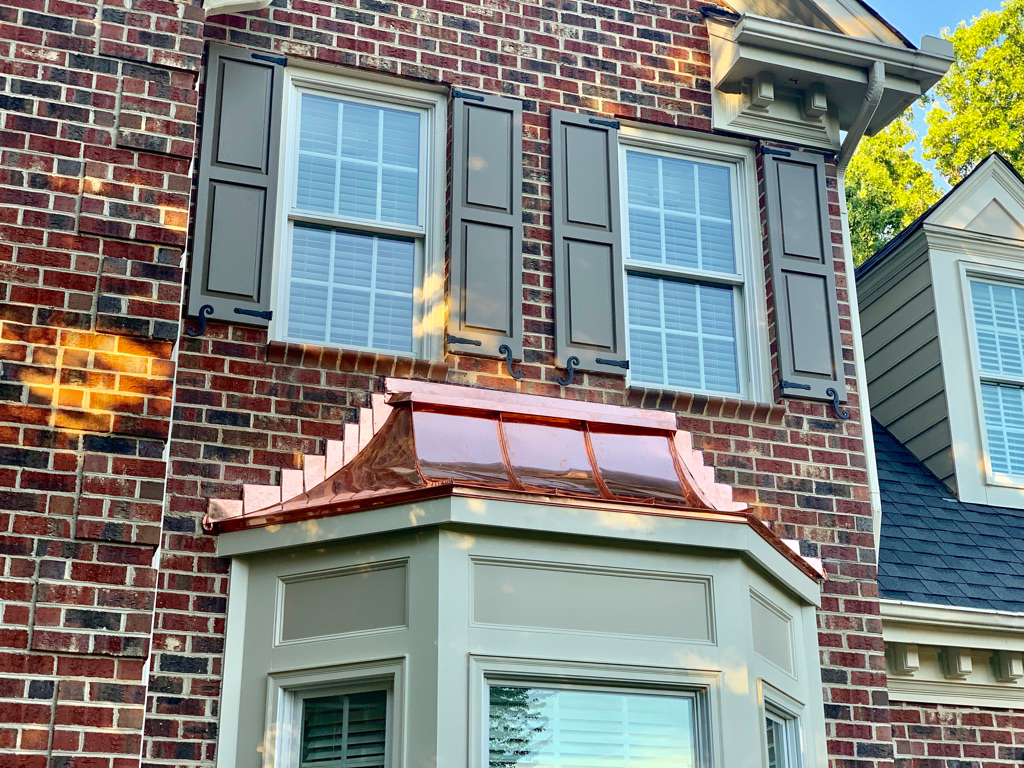The Ultimate Guide to Metal Roofing: Choosing Between 26 Gauge and 29 Gauge
At 50 North Roofing, we understand that there are numerous decisions to be made when it comes to roofing, from color to panel type. With over 20 years of experience, we have assisted our customers in selecting the appropriate metal panels for their roofing projects. We have found that the choice of metal gauge is often overlooked, but it is an important decision that should not be ignored.
What Is A Roof Gauge?
Gauge is used to measure the thickness of metal panels and is typically represented in number form. The majority of metal roof and siding panels available range from 20 to 29 gauge, with 20-gauge being the thickest and 29-gauge being the thinnest. These numbers correspond to the decimal thickness of the steel and can vary within a specific range. For example, 26 gauge could range from as light as .0179 to as heavy as .0217.
26 Gauge Vs 29 Gauge Metal Roofing
Some people opt to use 29-gauge metal for their roofing due to its affordability, despite the standard gauges being 26 and 24. However, it’s important to consider if the cost savings are worth using a thinner and potentially less durable material for your installation.
This article compares the value provided by different steel panel gauges by analyzing 26 gauge vs 29 gauge steel in various areas.
Durability
Appearance
Cost
1. Durability Of 26 Gauge Vs. 29 Gauge Roofing
Panels of varying sizes offer the same metal durability benefits, such as fire resistance, low maintenance, and corrosion protection. It is important to note that the thickness of a panel can impact its overall durability.
Keep in mind that gauge numbers correspond to the thickness of the material: the higher the number, the thinner the material. For example, 29-gauge is thinner than 26-gauge. This means that 29-gauge is not as strong as 26-gauge, making it more susceptible to damage from harsh weather conditions such as snow, high winds, or hail.
29-gauge roofing material is not recommended for structures located in areas with regular snowfall. The weight of the snow could exceed the capacity of the roof, potentially leading to leaks or even a collapse.
Homeowners in regions prone to high winds should avoid using thinner metal for their roofs. Opting for a 26-gauge roof, which is thicker and heavier than a 29-gauge roof, can increase the likelihood of the roof remaining intact during extreme wind storms.
In areas prone to hail, it is recommended to use a heavier gauge material for better impact resistance. If you live in an area that frequently experiences hail, consider using an even thicker gauge, such as 24-gauge or 22-gauge, for optimal protection against extreme weather conditions.
2. Appearance
The appearance of a roof can be compromised by simple installation errors. Over-tightened screws can cause bumps and waves, known as “oil canning,” to form. Thinner 29-gauge panels are more affected by these mistakes than 26-gauge panels, making them appear more obvious.
3. Cost Difference Between 26-Gauge And 29-Gauge
As the thickness of a panel increases, so does its cost. For example, a 26-gauge product will typically be 10 to 15 percent more expensive than a 29-gauge one. While it may be tempting to opt for the cheaper option, it’s important to consider the potential long-term costs.
The initial savings from purchasing a higher gauge product may be overshadowed by the greater expense of repairs down the line. It’s important to weigh the relatively small savings against the risk of using less durable panels.
A 2,500 square foot roof will typically cost between $14,000 and $19,000. Opting for 29-gauge panels instead of 26-gauge panels would only save you about $1,000.
When Should I Use 26 Gauge Metal Vs 29-Gauge?
Consideration of factors such as climate, building structure, and budget is crucial in determining the best gauge for your project, as thicker panels can be more costly and may not be essential for every type of structure.
Here are some general guidelines for determining the best time to use each panel.
Consider using 26 gauge metal panels if you are installing them in an area with extreme weather conditions, such as hail, strong winds, or heavy snow.
These panels are also a good choice if longevity is a top priority for you, as they are more durable and will last longer. Additionally, if appearance is important to you and you want a product with greater resistance to dents, 26 gauge panels may be the best option.
If you are building an open frame structure, like a pole barn, it is recommended to use 26 gauge for the roof and walls of larger barns, while 29 gauge can be used for the walls of smaller barns.
29 gauge metal panels are the most cost-effective option if you prioritize affordability and are not concerned with the long-term durability of the structure. They are suitable for use in mild climates that do not experience heavy snow, hail, or storm conditions.
Metal Roofing Panel Profile And Metal Gauge
As previously stated in the article, there are several factors to consider when selecting metal panels. In addition to gauge, you also need to choose the type of panel, such as ⅞” Corrugated, R-Panel, 7.2 panel, or standing seam metal roofing panels.
Certain decisions are often closely related, as not all panel options are available in every gauge. For instance, when opting for a standing seam roof, a thicker gauge is typically necessary as these panels are usually only offered in 22 to 24 gauge. However, when choosing a corrugated metal roof, there is a wider variety of gauge options to consider.
Let Us Help You Choose A Metal Roofing Color
Now that you have a better understanding of which gauge to use for your metal roofing, the next step is to select a color. To assist with this process, we have developed a user-friendly metal roofing color visualizer.
It can be beneficial to get quotes from several companies to find one with outstanding Google reviews and fair pricing. Our online form is easy to use and can be completed quickly. We are happy to offer you a free quote.
